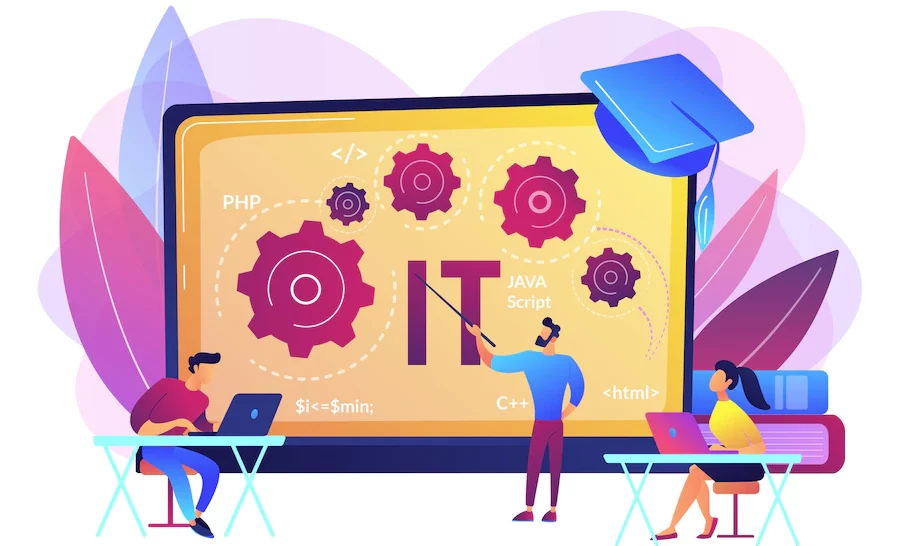Strategies for Streamlining IT Infrastructure Management
As technology continues to evolve, managing IT infrastructure has become increasingly complex. The ever-growing list of interconnected IT components requires careful management to ensure a productive and well-functioning environment.
With a proactive approach to IT infrastructure management, organizations can optimize their IT operations and secure a competitive edge. In this blog post, we’ll discuss strategies for streamlining IT infrastructure management so you can maximize efficiency and minimize downtime.
We’ll explore automation, proactive monitoring, and collaboration tactics to help you get the most out of your IT infrastructure. With the right strategies, you can ensure that your IT operations are running smoothly while helping your organization achieve its goals with the help of EHPN Technology Partners. Keep reading to learn how to manage your IT infrastructure more effectively.
5 Best Strategies for IT Infrastructure Management
Automation of routine tasks
Routine task automation is essential for streamlining IT infrastructure management. Automating mundane tasks can save time, reduce the possibility of errors, and increase efficiency. Automation also reduces the need for staff to manually complete these tasks, freeing them up for more complex tasks.
Automation can automate system and application deployment, patching, and configuration management. It can also automate tasks such as user provisioning, software licensing, and system monitoring, ensuring that the IT infrastructure is managed promptly and efficiently.
Standardization of hardware and software
Standardization of hardware and software is an essential strategy for streamlining IT infrastructure management. Standardizing the components used across all systems reduces the complexity of managing and troubleshooting IT infrastructure.
By standardizing components, IT departments can ensure they utilise the same hardware and software versions, reducing the chances of incompatibility and other errors.
In addition, standardization helps to reduce the overall costs associated with IT infrastructure and maintenance since IT departments won’t need to purchase and maintain multiple versions of components. Standardizing components also ensures that IT departments have access to consistent performance and that all systems will run the same software and hardware version.
Consolidation of IT networks
Consolidating IT networks is an effective strategy for streamlining IT infrastructure management. Consolidation reduces the number of physical networks and devices, simplifying IT infrastructure management.
In addition, the total cost of ownership of a consolidated IT infrastructure is significantly lower than that of an un-consolidated IT infrastructure due to decreased hardware and software costs.
Finally, consolidating IT networks also leads to improved performance, higher service availability, better system security, and better manageability.
Effective use of cloud computing
Cloud computing can be a powerful tool for streamlining IT infrastructure management. By leveraging the cloud, companies can reduce the amount of hardware and software investments needed to manage their IT systems. The cloud also provides a secure environment, allowing businesses to access data from anywhere in the world.
Additionally, cloud computing allows businesses to quickly scale up or down their IT resources to meet changing needs. This can help companies to save money and manage their IT infrastructure more effectively.
Utilization of virtualization technologies
Utilising virtualisation technologies is one of the most influential and efficient strategies for streamlining IT infrastructure management. Virtualization is creating a virtual, or software-based, version of a physical computing resource such as a server, storage device, or even a network.
By virtualizing IT resources, organizations can use existing hardware more efficiently and significantly reduce overall IT costs. Additionally, virtualization technologies make deploying and managing new applications easier, scale IT infrastructure to meet changing needs and provide high availability and reliability.
To sum up, streamlining IT infrastructure management is essential for businesses to remain competitive. By leveraging modern technologies, automating processes, and utilizing cloud computing, companies can increase efficiency, reduce costs, and eliminate manual processes.
Additionally, the right IT partner and consultants can help businesses determine the best strategies for streamlining their IT infrastructures to meet their needs.


















